Have you ever watched a dog’s tail wag and felt your worries melt away? Dogs are more than just pets—they’re family, loyal companions, and sometimes our only source of comfort. For seniors, a dog’s warm presence can brighten even the cloudiest days. But, as years go by, caring for a dog changes, and it’s easy to make mistakes that can leave both you and your furry friend stressed, confused, or even in danger. The good news? Most mistakes are fixable, and with a few adjustments, you can make sure your golden years together are truly golden. Some of these tips might surprise you, or even feel like a gentle wake-up call. Ready to see if you’re making any of these common blunders? Let’s dig in—your dog will thank you!
Neglecting Regular Vet Visits
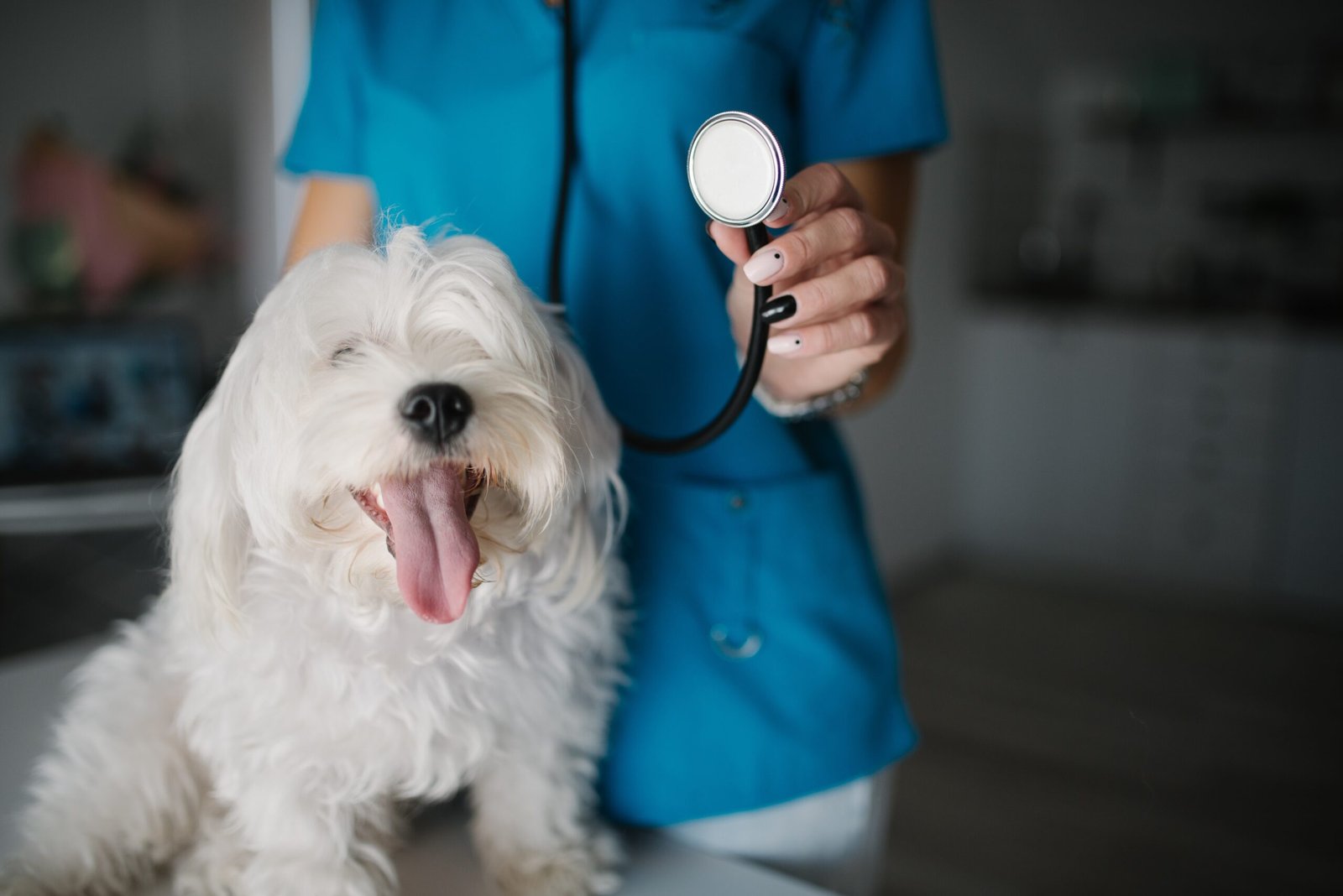
Many seniors skip regular vet checkups, thinking their dog seems healthy so there’s no need. Unfortunately, dogs are masters at hiding pain or illness. By the time symptoms become obvious, a small issue might have grown into a serious problem. Older dogs, in particular, are more prone to health problems like arthritis, dental disease, or diabetes. Scheduling annual or even semi-annual vet visits helps catch problems early and keeps your dog in tip-top shape. If getting to the vet feels overwhelming, ask a friend or family member for help. Mobile vets are also a fantastic option for those who struggle with transportation.
Overfeeding or Underfeeding
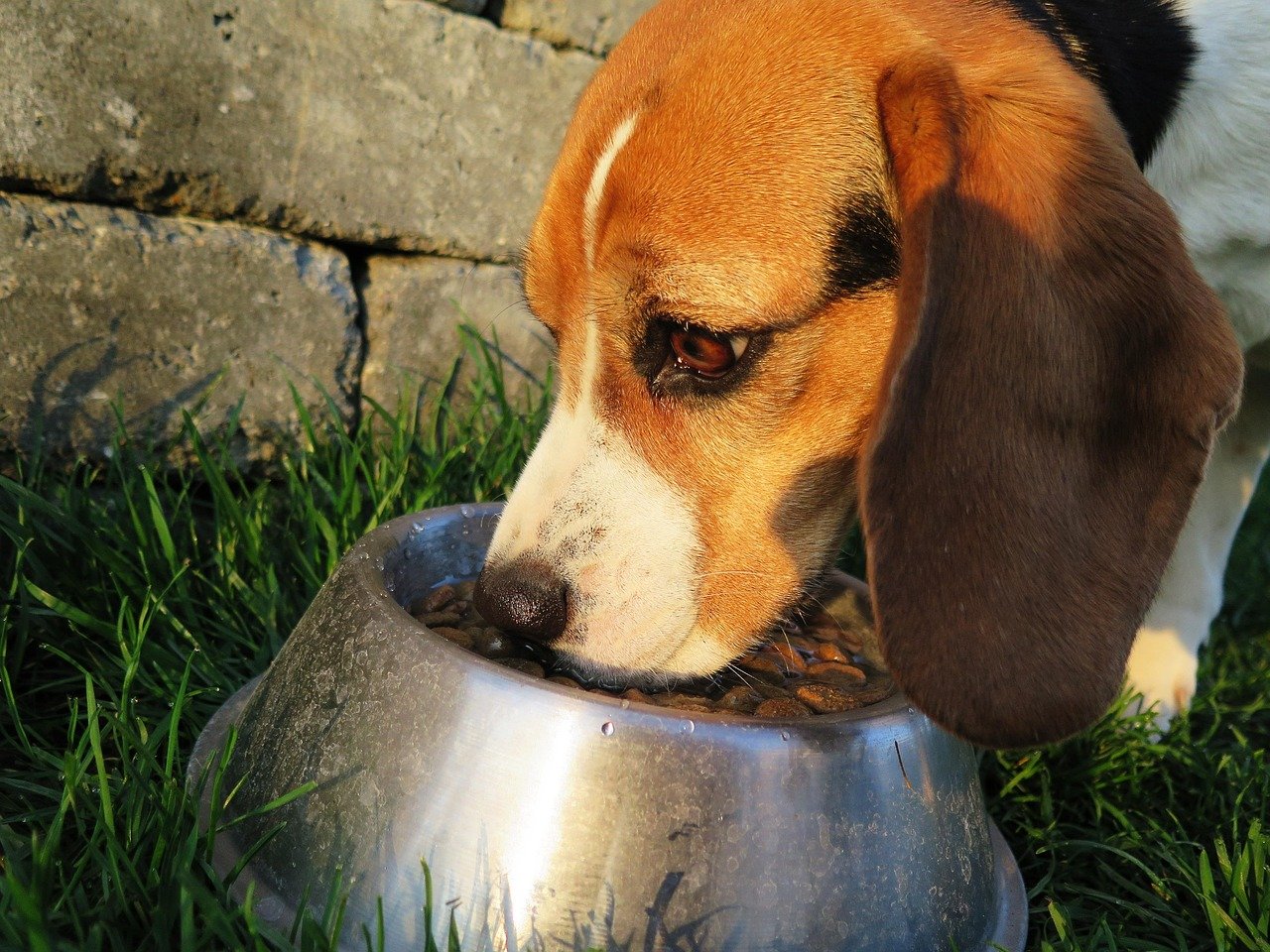
It’s easy to slip your dog an extra treat or two, especially when those big brown eyes beg for table scraps. But overfeeding leads to obesity, which causes joint problems, heart disease, and a shorter lifespan. On the flip side, some seniors forget to adjust feeding routines as their own schedules change, and underfeeding can leave your dog malnourished. The fix? Use a measuring cup for every meal, and ask your vet for advice on the right food and portion size for your dog’s age and breed. Remember: a healthy weight means more happy years together.
Lack of Sufficient Exercise
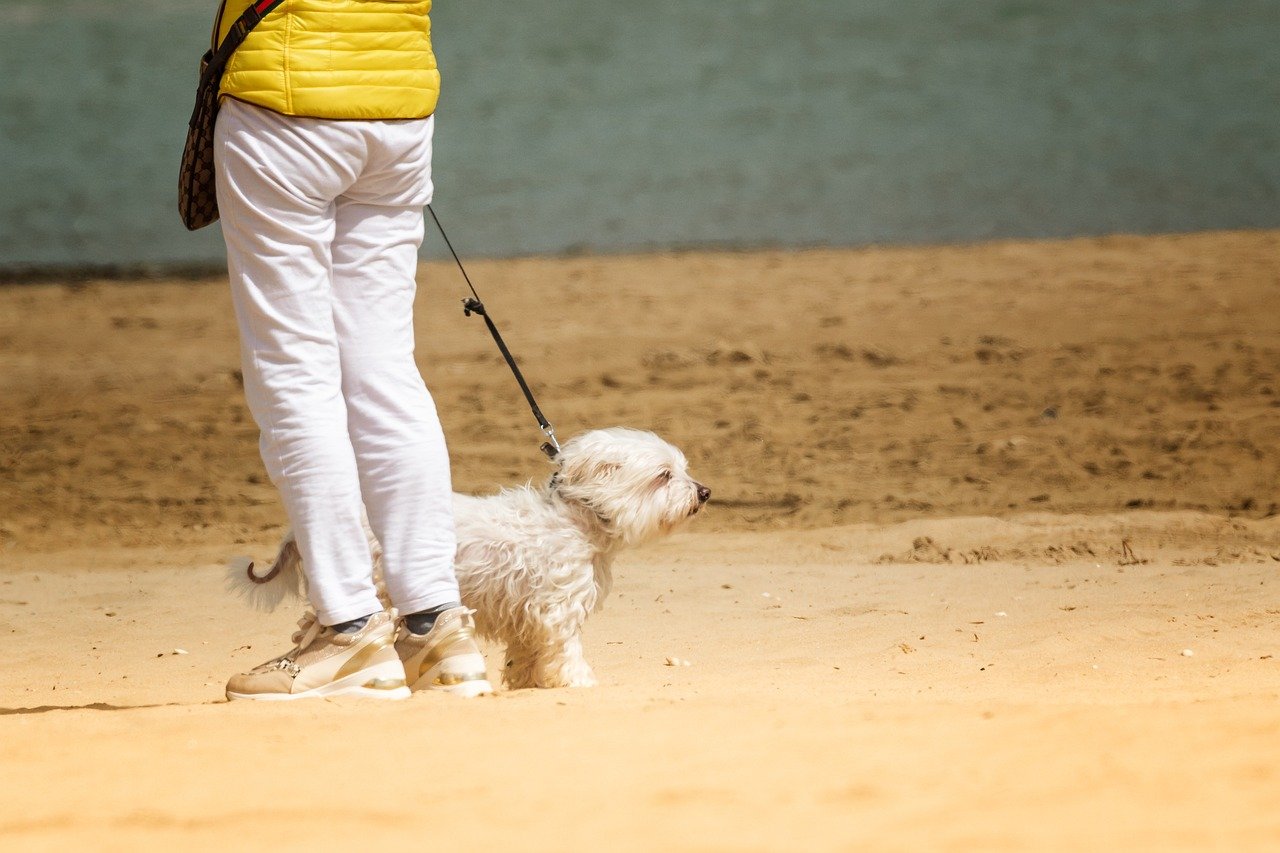
As we age, our energy levels change, and so do our routines. But dogs, no matter how old, need regular exercise to stay happy and healthy. Sometimes, seniors let walks slide or skip playtime, thinking their dog is content lounging around. But a bored dog can become destructive, anxious, or overweight. Even short, gentle walks or games of fetch in the backyard can make a world of difference. If mobility is an issue, rope in neighbors or hire a dog walker. Your dog craves movement—and so do you!
Ignoring Dental Health

Many seniors overlook their dog’s dental care, believing that bad breath is just part of the package. But dental disease can lead to pain, infection, and even heart problems. Brushing your dog’s teeth may sound daunting, but with the right toothbrush and flavored toothpaste, it can become a bonding activity. Dental chews and vet-approved toys also help keep teeth clean. Try setting a weekly reminder—it’s a small act that makes a huge difference.
Not Adjusting for Hearing or Vision Loss

Dogs, like people, can lose their hearing or sight as they age. Some seniors don’t notice—or know what to do when their dog starts bumping into furniture or ignoring commands. If your dog is showing signs of sensory loss, adjust your communication style. Use hand signals, speak louder, or stomp on the floor to get their attention. Rearranging furniture to create clear paths and using night lights can help your dog navigate the house safely. Small changes can restore their confidence and independence.
Skipping Grooming Sessions
Keeping up with grooming gets harder as we get older, and busy schedules or sore joints can make brushing or bathing your dog feel like a chore. But letting grooming slide leads to matted fur, skin infections, or overgrown nails. Try breaking grooming into smaller, more manageable sessions—just five minutes a day can prevent big problems. If it’s too much to handle, consider mobile groomers who come right to your door. Clean, brushed fur isn’t just about looks—it’s about health and comfort, too.
Letting Training Slide
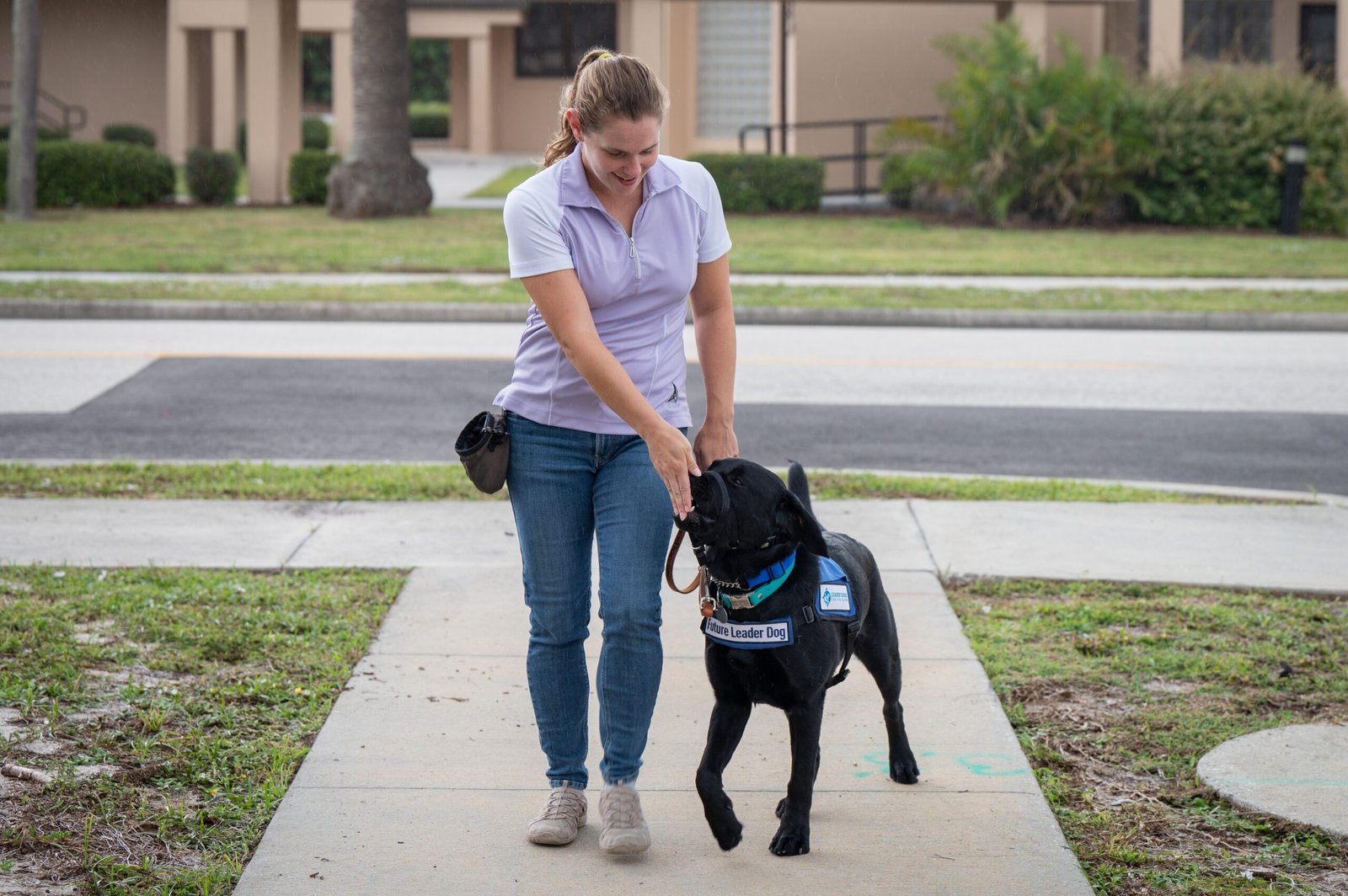
Some seniors believe that old dogs can’t learn new tricks, but nothing could be further from the truth! Dogs thrive on routine, structure, and positive reinforcement—even in their twilight years. When training gets neglected, dogs may become pushy, anxious, or confused about boundaries. Refreshing basic commands like “sit,” “stay,” or “come” strengthens your bond and helps keep your dog safe. Plus, training is a great mental workout for both of you. It’s never too late for a little discipline (and a lot of treats).
Not Socializing Enough
As social circles shrink, both seniors and their dogs can become isolated. Without regular interaction with other dogs or people, dogs may become fearful, anxious, or even aggressive. Try setting up playdates with family members’ pets, visiting local parks, or joining a dog-walking group. Not only does this keep your pup’s tail wagging, but it can also introduce you to new friends. Remember, dogs are pack animals—they need their tribe just like we do.
Misinterpreting Behavioral Changes
When dogs act out—barking more, hiding, or having accidents inside—it’s tempting to chalk it up to old age or “bad behavior.” But often, these changes signal discomfort, pain, or confusion. Don’t scold or ignore the signs. Instead, watch closely and talk to your vet about sudden shifts in your dog’s behavior. Addressing the underlying cause can restore peace at home and help your dog feel like their old self again.
Leaving Dogs Alone for Too Long
Loneliness can hurt dogs just as much as it does people. Seniors may unintentionally leave their pets alone for hours while running errands, attending appointments, or out of habit. Extended solitude leads to anxiety, destructive behavior, or depression. Try leaving the radio or TV on, providing puzzle toys, or arranging visits from neighbors or professional pet sitters. Dogs are social creatures—they thrive on company and routine.
Forgetting to Update Identification
It’s easy to overlook updating your dog’s collar tag or microchip information after a move or phone number change. But if your dog ever gets lost, outdated info can mean a heartbreaking separation. Every few months, check your dog’s tag and verify that their microchip details are up to date. A simple phone call or online update could be the difference between a joyful reunion and a lost friend.
Overlooking Joint and Mobility Issues

Older dogs, just like their humans, can struggle with arthritis or stiff joints. Some seniors miss the early warning signs—like hesitation on stairs or reluctance to jump. Providing soft bedding, ramps, or non-slip rugs can ease your dog’s movements. Joint supplements or medications prescribed by your vet can also help. Even gentle massage or physical therapy can work wonders. Don’t wait until your dog is in visible pain—take action at the first sign of discomfort.
Feeding Inappropriate Foods

Grandkids love to spoil dogs with snacks, and sometimes seniors do, too. But many common foods—like chocolate, grapes, onions, and even some sugar-free treats—are toxic to dogs. Always check with your vet before offering new foods, and keep a list of “danger” foods on the fridge. Sticking to dog-safe treats means fewer emergency vet visits and a much happier pup.
Ignoring Signs of Depression or Anxiety
Dogs can get the blues, especially after losing a loved one or during big changes like moving homes. Seniors may not recognize the signs—withdrawal, loss of appetite, or excessive sleeping. If your dog seems down, try offering extra playtime, cuddles, or new toys. Sometimes, medication or professional help from a vet or trainer is needed. Never underestimate the emotional needs of your furry companion.
Not Providing Mental Stimulation
A bored dog is a mischievous dog! Seniors sometimes focus only on physical needs and forget mental exercise. Puzzle toys, treat-dispensing balls, or teaching new tricks keep your dog’s mind sharp. Even hiding treats around the house or simple scent games can provide hours of entertainment. Mental stimulation is just as important as a daily walk—it keeps tails wagging and brains buzzing.
Using Old or Unsafe Equipment

That leash or collar you bought years ago might be frayed, too loose, or just outdated. Faulty gear can lead to escapes or injuries. Regularly check your dog’s harness, leash, and ID tags for wear and tear. Upgrade to equipment that’s comfortable and secure. A snug-fitting harness, for example, is easier on arthritic joints and gives you better control. Don’t wait for an accident to make a change.
Failing to Recognize Overheating or Hypothermia
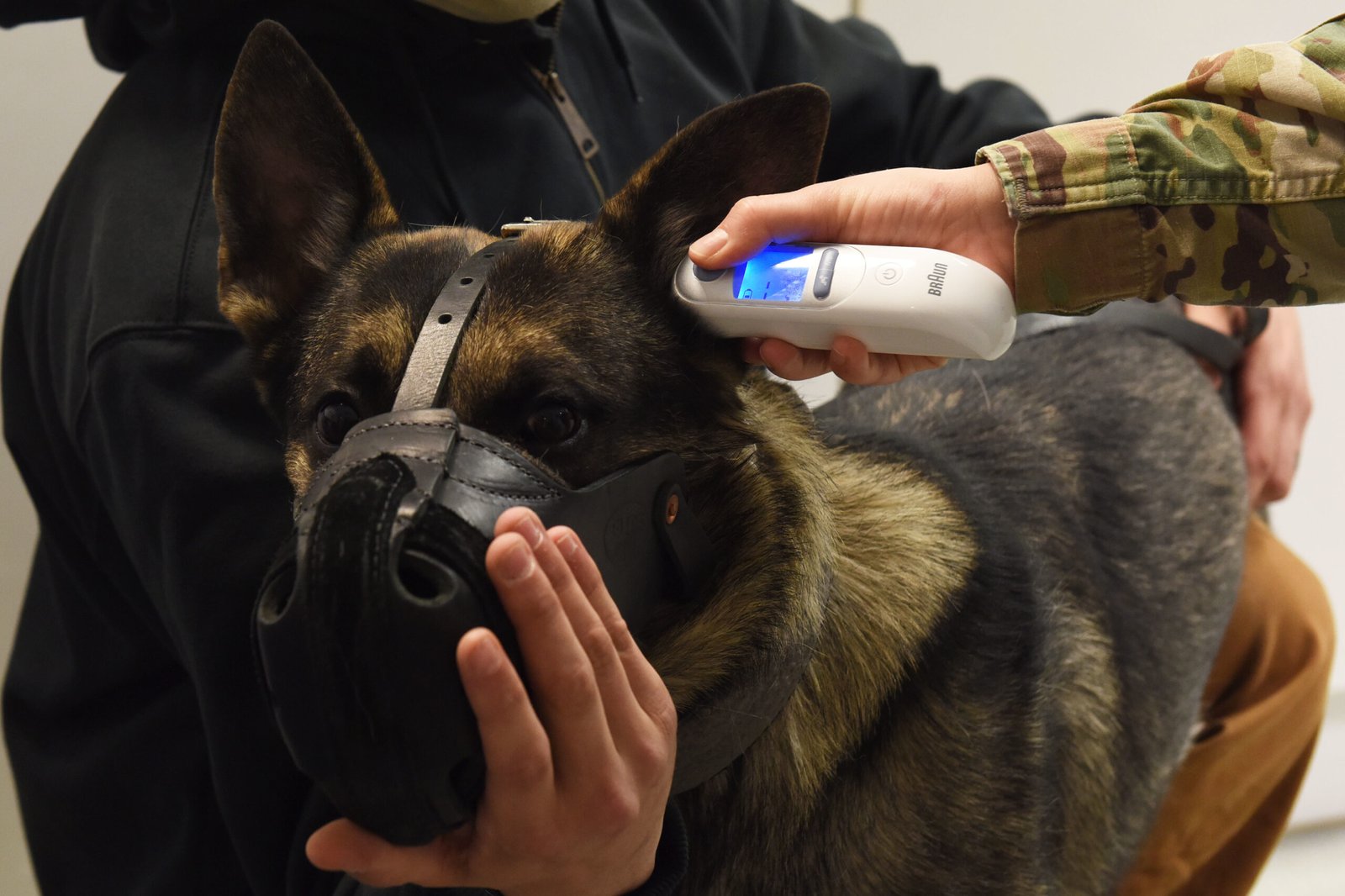
Dogs are sensitive to extreme temperatures, and seniors sometimes overlook the signs. In hot weather, dogs can quickly overheat—panting, drooling, or collapsing are red flags. In the cold, they can develop hypothermia, especially smaller or short-haired breeds. Always provide shade and water in the summer, and cozy sweaters or heated beds in the winter. Check paws for ice or burns, and never leave your dog outside in extreme conditions.
Neglecting Flea, Tick, and Heartworm Prevention
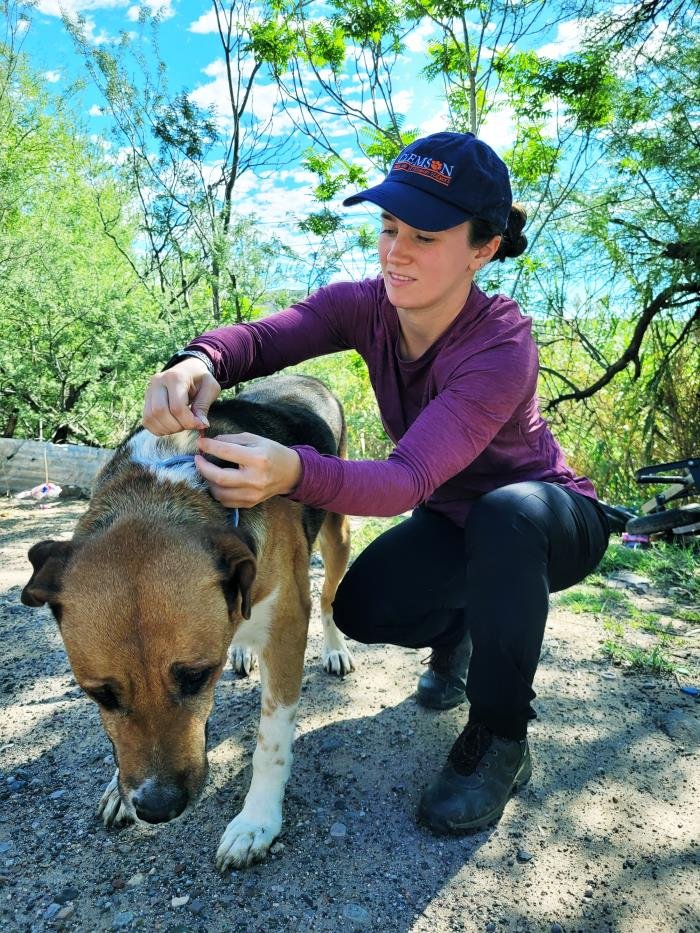
Even indoor dogs are at risk for fleas, ticks, and heartworm. Some seniors think these pests aren’t a problem if their dog doesn’t spend much time outside. But prevention is easier—and cheaper—than treatment. Monthly medications, regular checks, and a clean living environment are the best defense. Ask your vet for a schedule and stick to it religiously.
Letting Dogs Sleep in Unsafe Areas
As dogs age, they may seek comfort in odd places—cold basements, cluttered garages, or slippery floors. Seniors sometimes allow this, not realizing the risks of injury or exposure. Set up a cozy, accessible spot with soft bedding in a quiet corner of your main living area. Make sure water is always close by, and help your dog avoid stairs or obstacles at night. Safe sleep means better rest for both of you.
Not Planning for Emergencies
Emergencies can strike without warning—a sudden illness, a fall, or even a natural disaster. Many seniors don’t have a solid plan for who will care for their dog if they’re temporarily unable. Create a simple note with feeding instructions, vet contacts, and a trusted person’s phone number. Keep it on your fridge or in your wallet. Peace of mind comes from being prepared for the unexpected.
Resisting Change or Help

It’s only natural to want to do things your way, but stubbornness can backfire when it comes to your dog’s health and happiness. Too often, seniors resist new routines, helpful gadgets, or advice from loved ones. Accepting help—whether it’s from family, neighbors, or professionals—can actually strengthen the bond with your dog and make life easier for both of you. Remember, there’s no shame in asking for a hand. Your dog deserves the very best, and so do you.

Esther is from India; the heartbeat of South Asia, holding a Master’s degree in Zoology and a postgraduate diploma in Animal Welfare. Her enthusiasm for animal welfare drives her passion and dedication to working for animals, ensuring their well-being, and advocating for their rights. With a solid academic background and hands-on experience, she is committed to making a positive impact in the field of animal welfare. In her free time, she enjoys embroidery and sewing. As a Chennaite from Tamil Nadu, Esther loves Bharathanatyam, an Indian classical dance form.






